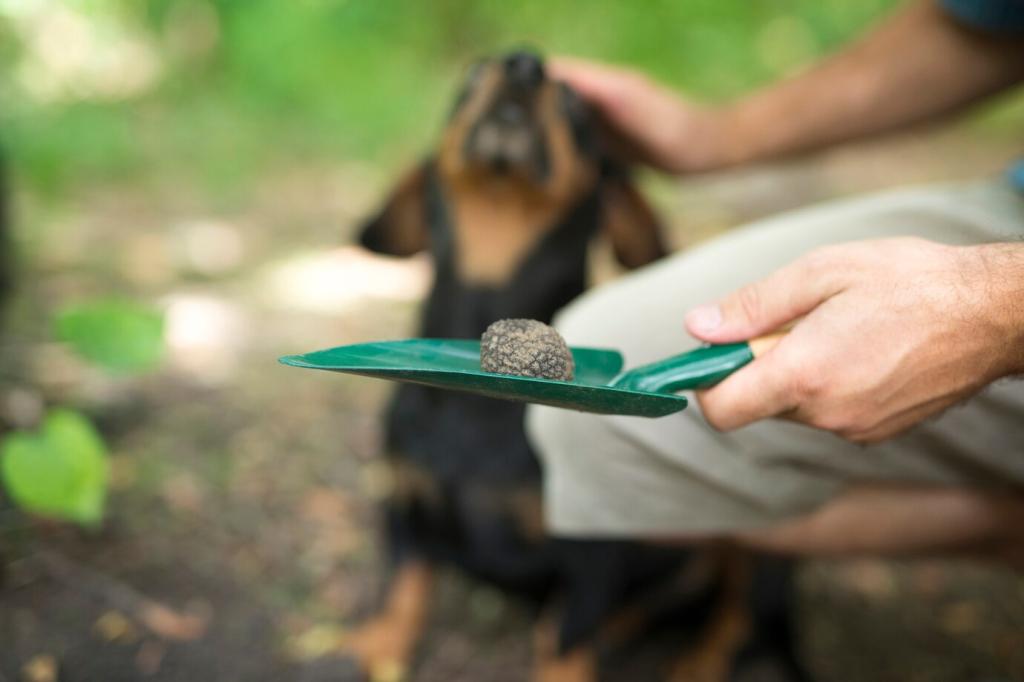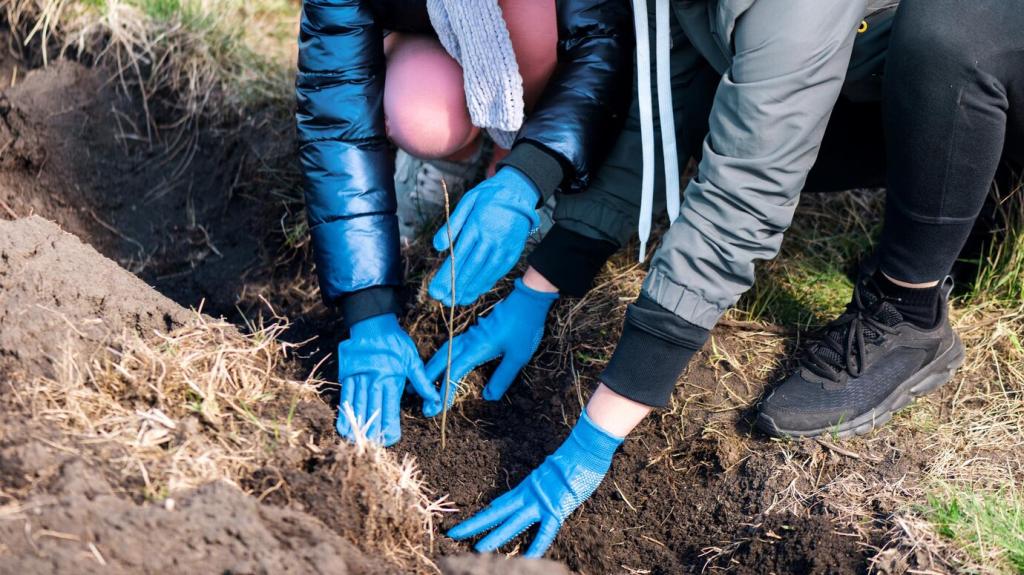Start or Support a Microforest Near You
Scout schoolyards, faith centers, roadside verges, or vacant corners. Approach maintenance teams early and frame the project around measurable wildlife benefits. Invite readers to comment if they have a site and want help rallying neighbors.
Start or Support a Microforest Near You
Prepare soil with compost, lay cardboard to suppress turf, and organize species by layers. Provide buckets, mulch, and clear tasks for all ages. Share your planting day photos and subscribe for our seasonal wildlife care checklists.



